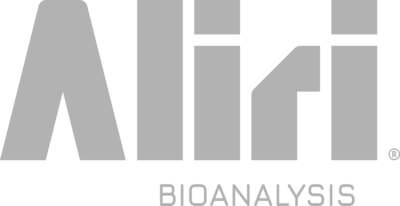Ophthalmic Support
Aliri has extensive experience supporting the precision bioanalysis of ophthalmic therapies including:
- Method demonstration, development, optimization, fit-for-purpose & GLP validation, and regulatory sample analysis
of ocular tissue and supporting matrices - Challenging large and small molecule ophthalmic drugs, including, prostaglandin analogs, peptides,
hormones, polysaccharides, allergen biomarkers, siRNA, oligonucleotidesWhole-eye spatial imaging using Quantitative
Mass Spectrometry Imaging (QMSI) to visually understand how your molecule performs in the microenvironment.
Download the fact sheet to learn more.
Bioanalysis and Spatial Imaging of Dermal Tissue
In this application note, we dive into the different bioanalytical and spatial imaging methods for detecting and quantifying drug substance within dermal tissue, including human skin, reconstructed skin, nails, tape strips, and hair.
Explore our advanced platforms and their applications:
- MALDI Imaging
- QMSI Evaluation of Human Toenail Clippings
- LC-MS/MS
- Penetration Profiling & Penetration Pathway
- Target Exposure
- Hyaluronic Acid by QMSI
- Elemental Imaging by QMSI
- Multiplex in situ profiling
- Platforms Combinations
Download our poster to learn more.
Considerations for Probe Selection for Oligonucleotide Hybridization LC/MS Workflows
Recently, while developing an assay for a siRNA complex using the LNA approach, we observed interferences from the probe to the antisense strand when it was analyzed by mass spectrometry. We modified the melting temperature to release the streptavidin/biotinylated hybridized to avoid releasing most of the biotinylated probe/antisense complex, but the limited release still had enough of the probe in the final extracts to cause interferences in the LLOQ samples. Modifying LC conditions helped to resolve the interference, but those changes were not entirely successful due to peak shape issues with the internal standard. After reviewing the probe design, we implemented an alternate PNA probe with the intention that any residual PNA probe would be easier to resolve chromatographically.
Download our poster to learn more.
Selection and Evaluation of Hybridization Capture Probes for LC/MS Analysis of Oligonucleotides
LC/MS bioanalysis of oligonucleotides has had its historical challenges in all areas of the workflow including extraction, liquid chromatography, and mass spectrometry detection. Among the primary pain points for the extraction of oligonucleotides is poor recovery from nonspecific binding or poor extraction efficiency using the most common extraction approaches. Recent publications of a more specific biotinylated probe hybridization approach have addressed these challenges, however, there hasn’t been much presented on the specific advantages for different probe types that can be used for this hybridization work. Although there has been a focus on DNA, LNA, and PNA probe design with research to demonstrate the specific attributes each offers, there has been limited discussion on the overall impact on recovery and interference from these different probes. Biotinylated probe design has been focused on limiting self-hybridization of the probe while maintaining a complimentary sequence with a sufficiently high score to out-compete any interferences from matrix or from the sense strand in siRNA modalities while keeping the melting temperature (Tm) of the hybridized duplex low enough to ensure recovery from the streptavidin beads. Recently, while developing an assay for a siRNA complex using the LNA approach, we observed interferences from the probe to the antisense strand when it was analyzed by mass spectrometry. We modified the melting temperature to release the streptavidin/biotinylated hybridized to avoid releasing most of the biotinylated probe/antisense complex, but the limited release still had enough of the probe in the final extracts to cause interferences in the LLOQ samples. Modifying LC conditions helped to resolve the interference, but those changes were not entirely successful due to peak shape issues with the internal standard. After reviewing the probe design, we implemented an alternate PNA probe with the intention that any residual PNA probe would be easier to resolve chromatographically.
Download our poster to learn more.
Next-Generation Inflammatory Response Assay: Advancing Cytokine and Immune Cell Characterization for Precision Bioanalysis
Inflammation plays a critical role in numerous disease processes, including autoimmune disorders, infectious diseases, and immune-related adverse effects in immunotherapy. The ability to accurately assess inflammation is critical for understanding disease mechanisms, monitoring treatment efficacy, and identifying novel therapeutic targets. Traditional cytokine assays often lack the cellular context necessary for fully understanding immune activation and regulation. Inflammatory responses are shaped by intricate cytokine networks and immune cell interactions, which demand a more integrated, high-resolution analytical approach to provide meaningful insights. Our next-generation inflammatory response assay bridges this gap by simultaneously measuring cytokines and immune cell phenotypes, delivering a multi-dimensional dataset to enhance translational research and clinical decision-making.
Download our poster to learn more.
CyTOF Inflammatory Response Assay: A Powerful Single-Method Alternative to Flow Cytometry and Ligand Binding Assays
Cytometry by Time-Of-Flight (CyTOF), is an advanced bioanalysis technique that combines aspects of flow cytometry with mass spectrometry to analyze single cells with high precision.
Commonly applied to immune cell profiling, immunophenotyping, cancer immunotherapy, single-cell functional analysis, and infectious disease research, CyTOF tracks cytokine levels and immune dynamics over time to yield critical data about the mechanism of action, efficacy, safety, and immunomodulatory effects of a drug in real time.
Bioanalytical Services for Animal Health
Aliri has over 18 years of experience offering animal health regulatory bioanalytical services. Our recognized standing with regulatory agencies leads the industry for CVM and VICH pharmaceutical development programs.
Download our fact sheet to learn more about the services and platforms we offer for veterinary health sponsors.
Quantitative Mass Spectrometry Imaging (QMSI) of Endogenous Insulin in Mouse Pancreas Using Modified Insulin
Quantitative Mass Spectrometry Imaging (QMSI) is used to evaluate the amount of a large molecule (higher than 3000 Da)
within tissue. Methodology of quantification using a «pseudo internal standard» covering the sample is explained (“Modified
Standard” Approach) and applied to the example of mouse insulin assessment in pancreas tissue. To ensure fast data
treatment QuantinetixTM software is used in order to calculate the amount of target molecule.
Download our poster to learn more.
Validation of an LCMS Hybrid Assay with EVOSEP Cleanup for the Quantitation of Islet Amyloid Polypeptide in Human Plasma
Islet Amyloid Polypeptide (IAPP) is a peptide hormone produced by the pancreas’ beta cells that regulates blood glucose. Research on IAPP and its role in diabetes is ongoing, and there is a need for a reliable method to accurately detect this hormone at clinically relevant levels and possibly the different forms of the peptide. We set out to validate a hybrid LCMS assay for this biomarker that could be validated to an appropriate level to support clinical studies.
Download our poster to learn more.
Development of Quantitative MALDI Mass Spectrometry Imaging Methods for Studying Distribution of Antituberculosis Drugs at their Site of Action
Tuberculosis (TB), caused by Mycobacterium tuberculosis (MTb), remains a global health challenge, with treatment involving a year-long regimen of four drugs: Isoniazid, Rifampicin, Pyrazinamide, and Ethambutol. However, the emergence of drug resistance calls for the development of new therapeutic molecules. Due to the complex granulomatous lesions formed by MTb, plasma drug concentrations often do not reflect tissue drug levels, making it crucial to assess drug exposure at the site of action. To address this, we have developed Mass Spectrometry Imaging (MSI) methods to study the distribution of anti-TB drugs and their metabolites, including pyrazinoic acid, across both healthy and diseased tissues.
Download our poster to learn more.

